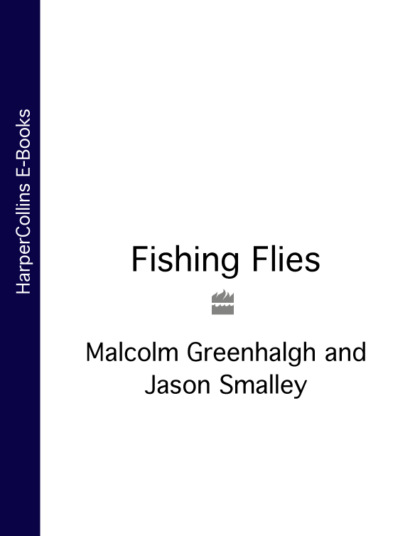По всем вопросам обращайтесь на: info@litportal.ru
(©) 2003-2024.
✖
Fishing Flies
Настройки чтения
Размер шрифта
Высота строк
Поля
Body: Tying thread.
Thorax: Peacock herl.
Hackle: Upperwing covert of a white, winter-plumaged, ptarmigan (any small, soft white hackle will do).
Dave Hughes suggested giving the ORANGE PARTRIDGE a thorax; there is no reason why other soft-hackled spider patterns should not be given a thorax of dubbed fur or peacock herl.
THORAX ORANGE PARTRIDGE
Thread: Orange.
Body: Tying thread.
Thorax: Hare’s ear.
Hackle: Brown speckled partridge.
SPIDER SEDGES (CADDISFLIES)
Most adult caddisflies are some shade of brown and the following two patterns will still deceive fish during a hatch or when the females have returned to lay their eggs on or below the water surface (note that many female caddisflies swim down under the surface to lay their eggs).
DARK SEDGE
Hook: Wet fly, sizes 12–14.
Thread: Yellow.
Body: Dubbed medium brown fur.
Hackle: Tawny (brown) owl upperwing covert (a long-fibred brown hen is substitute).
Head: 2–3 turns cock pheasant tail herl.
GRANNOM OR GREENTAIL
Hook: Wet fly, sizes 12–14.
Thread: Grey.
Body: Two turns of green silk at rear, then hare’s ear.
Hackle: Brown speckled partridge.
Female grannom carry a green sac of eggs at the tip of their abdomen, hence ‘Greentail’.
THE RIDDLE OF THE MARCH BROWN
The real March Brown is a fairly scarce European fly (it occurs only on very rough, rocky rivers), though it has many near relations in North America and Europe. However the duns of most of these rarely occur on the water, for their nymphs crawl ashore for the dun emergence. So they usually do not figure highly in the trout diet. Nevertheless, the artificial, soft-hackled wet March Brown is an excellent fish catcher for, as G. E. M. Skues put it, the March Brown, ‘is an excellent fly, and as generally tied, quite a poor imitation of the natural fly and quite a passable one of almost anything else’. It works in lakes (the real fly is a river insect) and rivers, for a wide range of fish.
MARCH BROWN
Hook: Wet fly, size 10–14.
Thread: Orange.
Tails: 2–3 fibres speckled partridge tail.
Body: Dubbed mix hare’s ear and yellow mohair.
Hackle: Brown speckled partridge.
Wing: Bunch of fibres from speckled partridge tail or hen pheasant tail (optional).
SILVER MARCH BROWN
As above, but body flat silver tinsel.
This tying is a very good fly for sea trout, salmon, when the rivers are low in summer, and large lake trout. It could be taken for a small fish (e.g. fry or minnow).
BUSTARDS
Though they are not soft-hackled flies, Bustards have the same origin. It is almost 200 years since Bustards first appeared in print (in G. C. Bainbridge, The Fly Fisher’s Guide, 1816). They were devised for only a few trout rivers in north-west England, and yet they are great catchers of trout, anywhere in the trout world. They should be fished, in rivers, in high summer when the river is low and the weather hot, through the dead of night (provided the law permits night fishing). Then, large trout that have been hiding away by day emerge and seek food. Fish a strong leader. Cast the fly under the far bank and tweak the fly back. Takes are often explosive!
WHITE BUSTARD
Hook: Wet fly, sizes 10–12.
Thread: White.
Body: White wool or chenille.
Hackle: White hen.
Wing: Palest barn owl wing (white goose as substitute).
RED BUSTARD
Hook: Wet fly, sizes 10–12.
Thread: Black.
Body: Red wool or chenille.
Hackle: Red hen.
Wing: Dyed red barn owl wing (white goose dyed red as substitute).
BROWN BUSTARD





